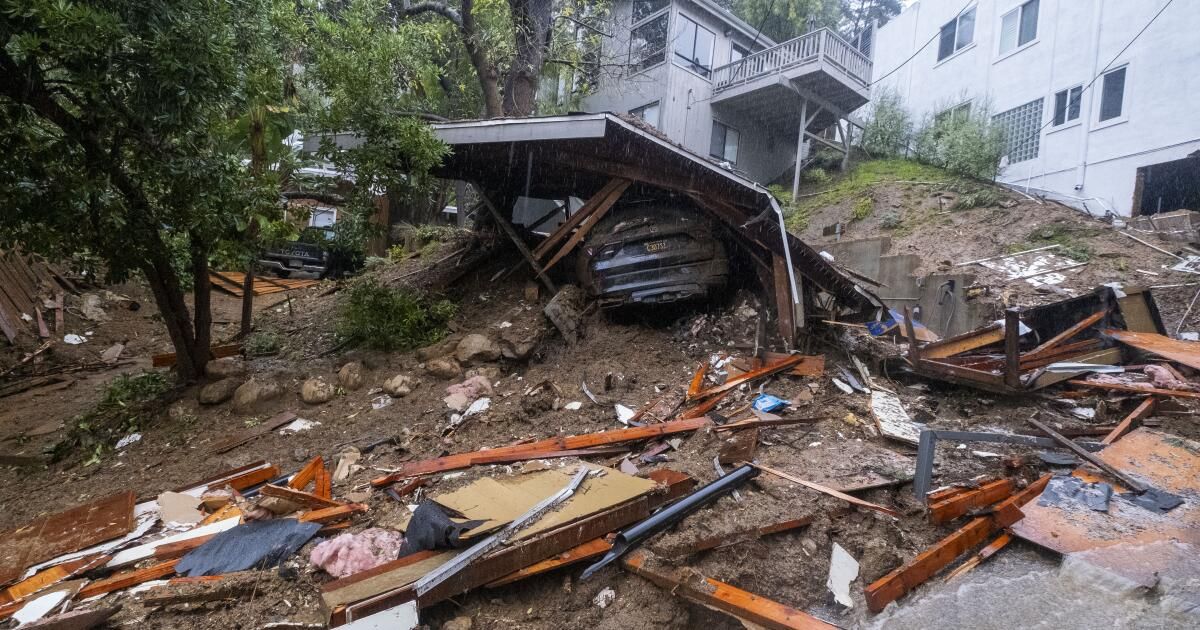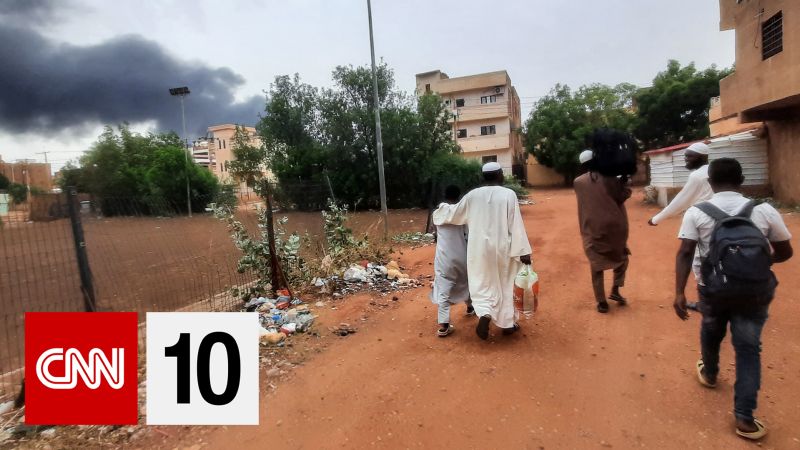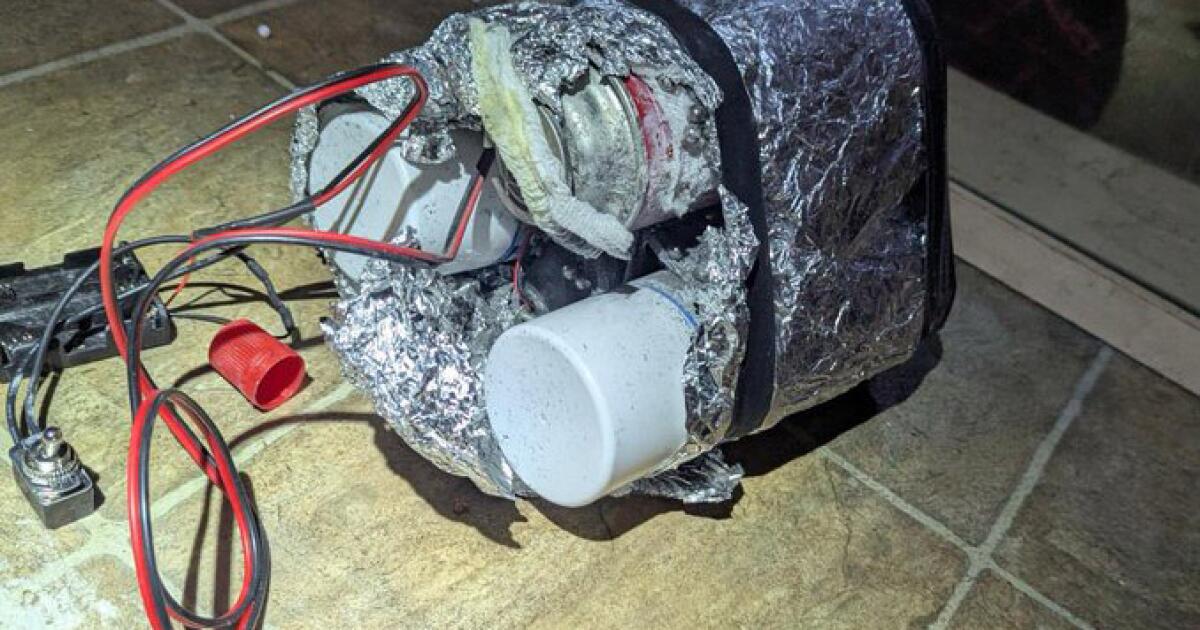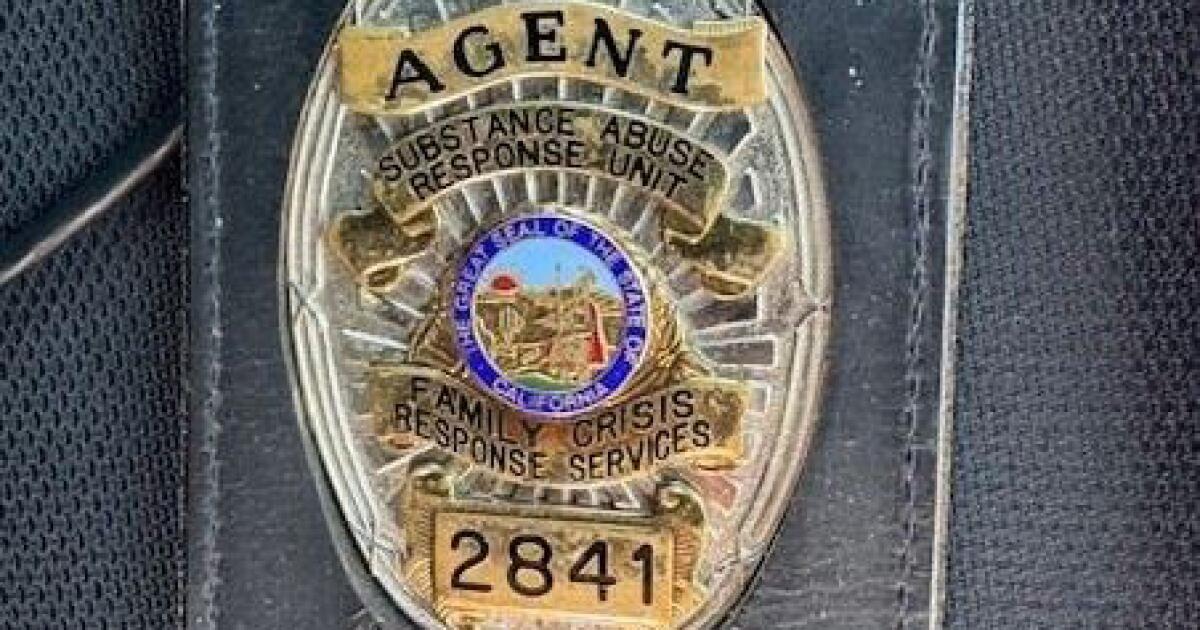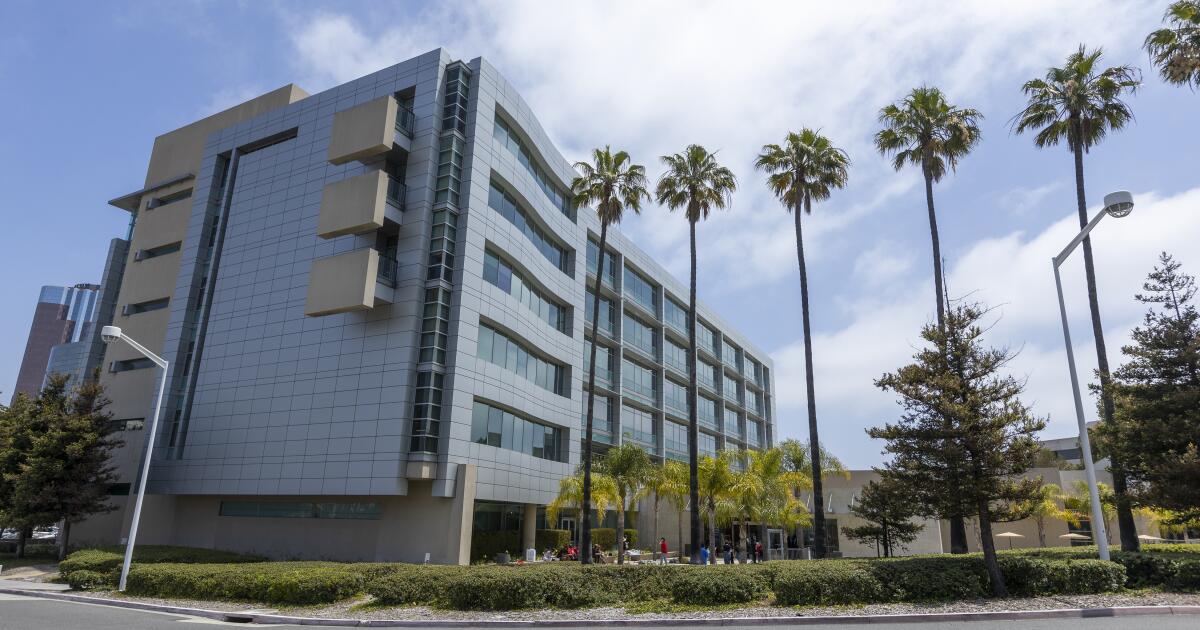When it came to forecasting the biggest winter storm of the season in Los Angeles, local meteorologists had a secret weapon: experience.
There were certainly many computer models available that indicated Southland was in a serious and potentially dangerous situation. But based on their experience, meteorologists at the National Weather Service in Oxnard correctly anticipated that even the surprising machine-calculated rainfall totals were likely an underprediction.
When it comes to such a serious storm, getting the forecast as correct as possible is not just a matter of pride. Meteorologists do their best to assess the strength of a storm so they can accurately inform the public about the dangers it may pose.
“We don't want to shout and say, 'Oh, we're going to get record amounts of rain, catastrophic flooding,' and then you get about half of what you think. And people say, 'That wasn't a big deal,'” said Joe Sirard, a meteorologist at the National Weather Service office in Oxnard. “And then they will disconnect us. “We don't want that to happen.”
In this case, “we went a little bit above some of the models and, you know, we were right,” Sirard said.
A person walks under an umbrella at LA Live in Los Angeles.
(Allen J. Schaben/Los Angeles Times)
Sirard said the first signs of a potentially significant rain event emerged 10 to 12 days before the storm's actual arrival earlier this month.
To get an idea of the possible strength of a storm, forecasters analyze data generated by supercomputers that produce “ensemble forecasts” made from a series of models based on slightly modified initial conditions, Sirard said.
But the prognosis is quite uncertain at this point.
Let's say you're trying to make a forecast 10 days from now, when a storm appears to be brewing. Half of the models might suggest 5 inches of rain will fall over a three-day period, but the other half might suggest less precipitation, sometimes significantly so.
Data like that may be too noisy to say anything with a high degree of confidence.
But as the storm gets closer, those models will start to align a little more, giving forecasters a better idea of what to reasonably expect.
“And that would increase our confidence levels,” Sirard said. “Once you get to that seven-day window… if these ensemble models still show, say, 60% hypothetically, 5 or more inches over a three-day period, our antennas are already active. And it's like, 'Okay, we have the potential for something significant to happen.'”
As forecasters get even closer to the storm's arrival, they can employ higher-resolution, shorter-range forecast models.
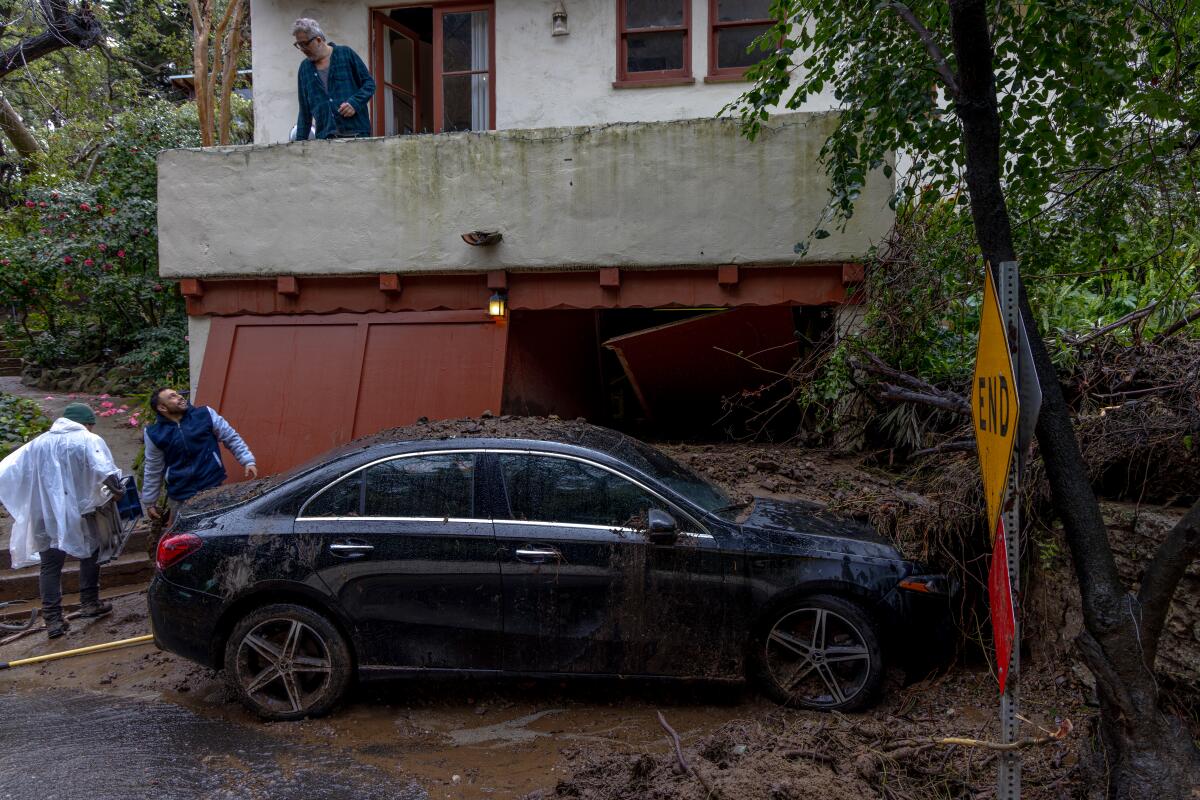
The flow of mud and debris from the hills caused by heavy rain covered part of a parked car and knocked down the garage door of a home in the 10400 block of West Quito Lane in Los Angeles.
(Irfan Khan / Los Angeles Times)
At one point, there was enough confidence for forecasters to post a bold warning on social media on February 1, three days before the storm arrived: “We expect a large storm with dangerous and even deadly impacts!”
In the days that followed, local authorities and elected officials from the city of Los Angeles to Santa Barbara County held media briefings about the dire forecasts, including meteorologists from the National Weather Service.
This coordination between meteorologists and politicians has not always occurred. Unforgettably, although the National Weather Service office in Monterey issued a flood watch three days before a major storm hit on Dec. 31, 2022, San Francisco officials were caught off guard by a record deluge that flooded swaths of low-lying areas. of the city and left residents and business owners furious.
There have also been memorable mistakes. Fourteen years ago, an unexpectedly powerful, slow-moving storm unleashed a torrent of mud that flooded more than 40 homes in La Cañada Flintridge, a far cry from the initial forecast of a light to moderate storm.
Models for the storm earlier this month were adjusted in the days leading up to the event. Initial projections three to five days before the storm suggested Santa Barbara and Ventura counties would be hardest hit. But as it approached, there were growing signs that Los Angeles County would be hardest hit, said Ryan Kittell, another meteorologist at the weather service office in Oxnard.
That ended up being the case.
The weather service also made late adjustments to what the computer models were showing. Over a four-day period, models said they were expecting 8 to 10 inches of rain in the San Gabriel Mountains and 4 to 5 inches of rain in central Los Angeles.
Forecasters thought computer models were underestimating projected precipitation totals, so they added a couple of inches to that forecast, Sirard said.
His instincts proved correct. The weather service's final forecast was for 8 to 14 inches of rain in the mountains and foothills through February 6. And that was very accurate: The highest amount of rainfall recorded in the San Gabriel Mountains during that period was 13.86 inches.
“Many of us have been here for 25 years. So we know the weather patterns that can cause the maximum amount of rain here,” Sirard said. “You get a lot of water vapor in the atmosphere, you get a strong jet stream at nearby heights, you get a strong low-level flow from southeast to south, all that moisture throughout the atmosphere, from the ground “Up to 20,000 feet or more, everything is crammed into the mountains.”
In some areas, the storm turned out to be a more prolific rain generator than even experienced meteorologists had anticipated.
Before the storm began, the weather service had predicted 6.37 inches of rain would fall over a four-day period in downtown Los Angeles. Some people would have found it hard to believe such a staggering amount: On average, the city center receives 14.25 inches of rain in an entire year.
During the four-day period ending at 9 pm on February 6, 8.66 inches of rain fell in downtown Los Angeles.
Still, the range of forecast totals helped precisely guide the types of warnings that needed to be issued. Once forecast totals in lower cities reach “5, 6, 7, 8 inches, the impacts will be pretty much the same” in terms of flood and landslide risk, Kittell said.
That message helped spur substantial storm preparation, so officials and residents weren't completely caught off guard when the ground began to slide in several hillside communities across Los Angeles County, including North Hollywood, Beverly Hills and Westwood, as well as in Baldwin Hills and Hacienda. Heights.
Pre-storm warnings also let residents know to store and stack sandbags. And officials prepared response teams such as swift-water rescue teams that were needed throughout Southern California.

